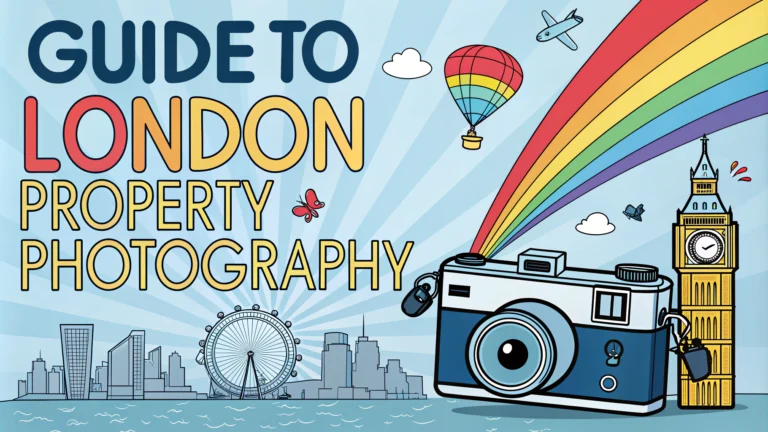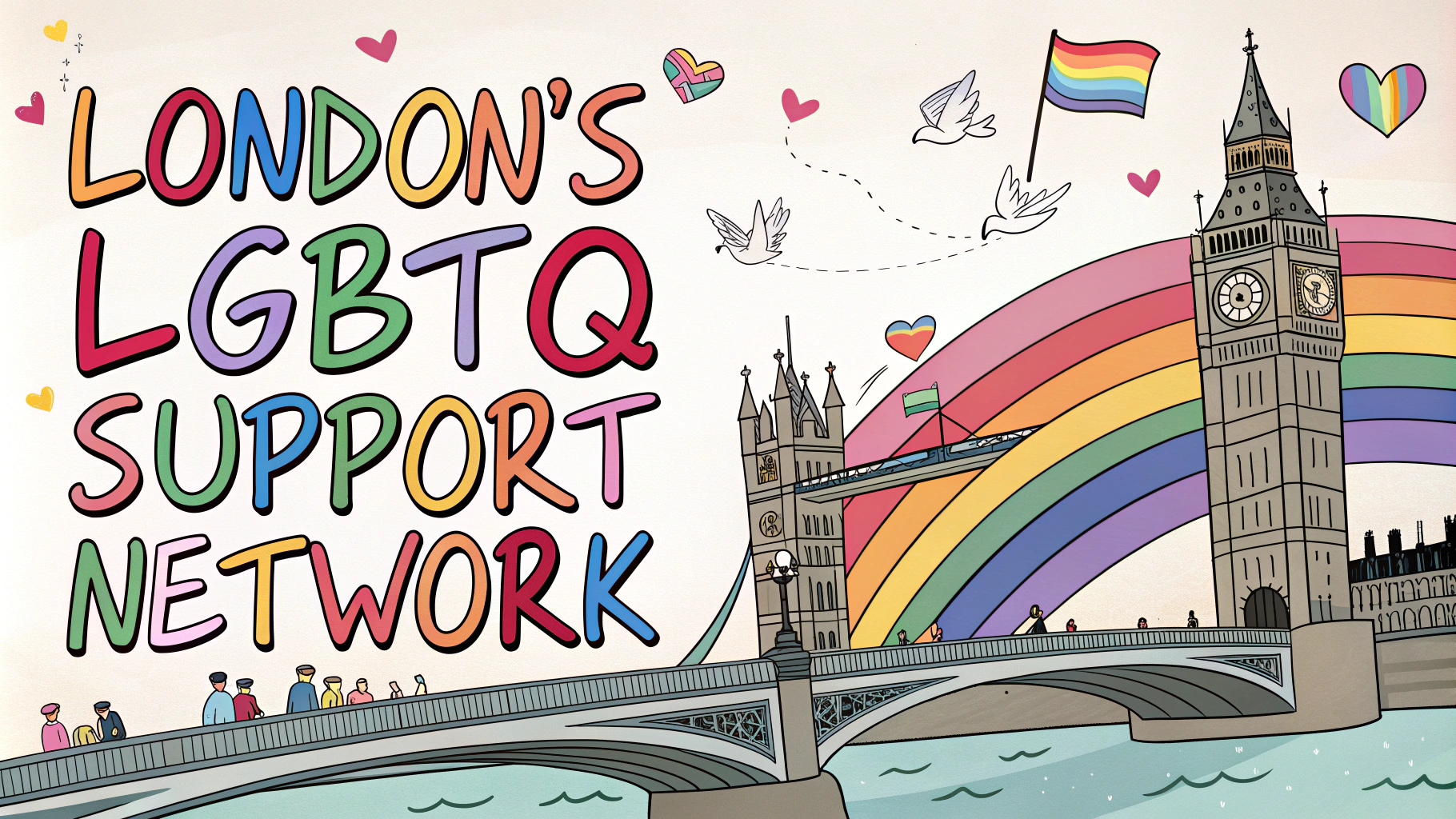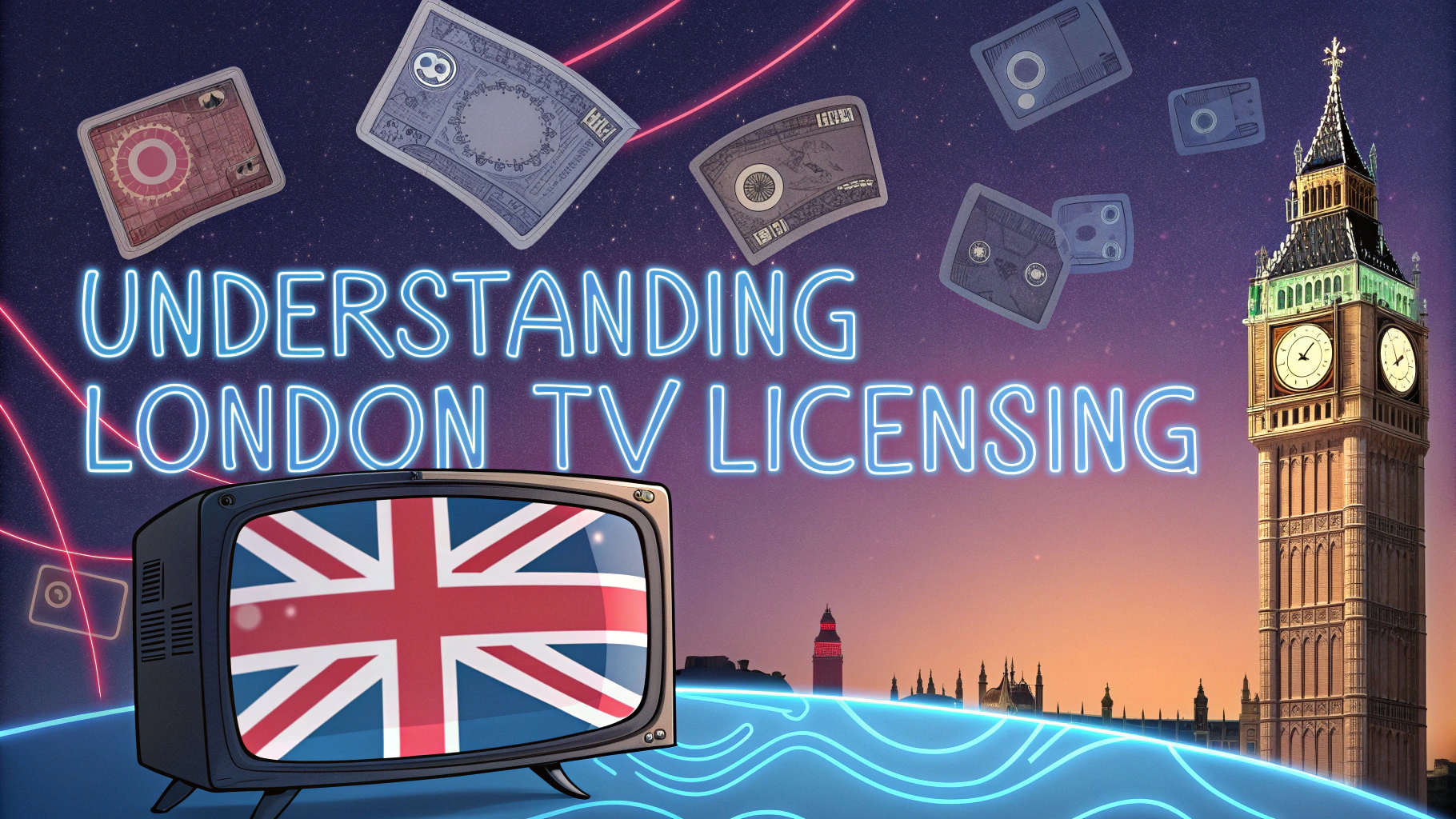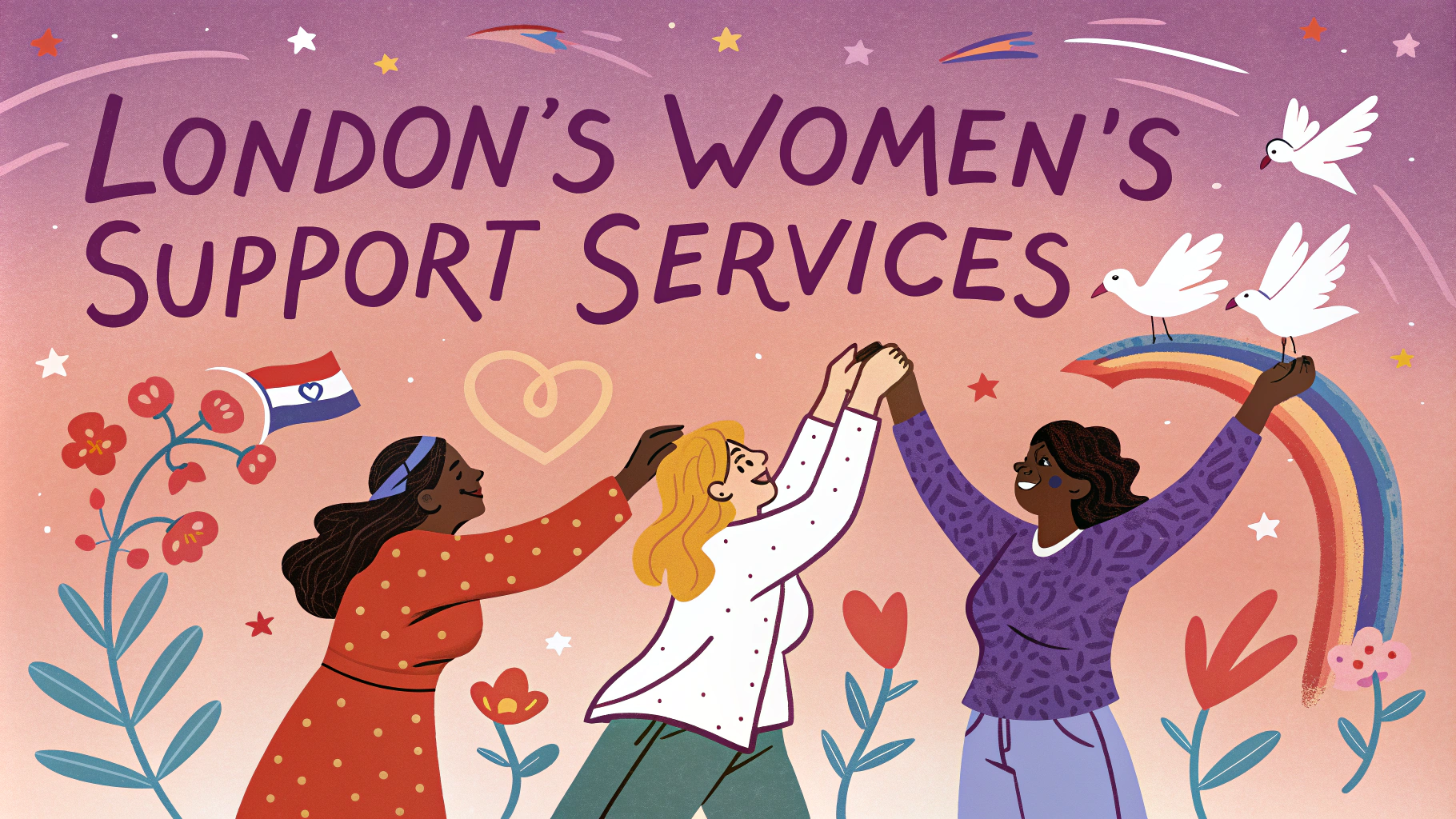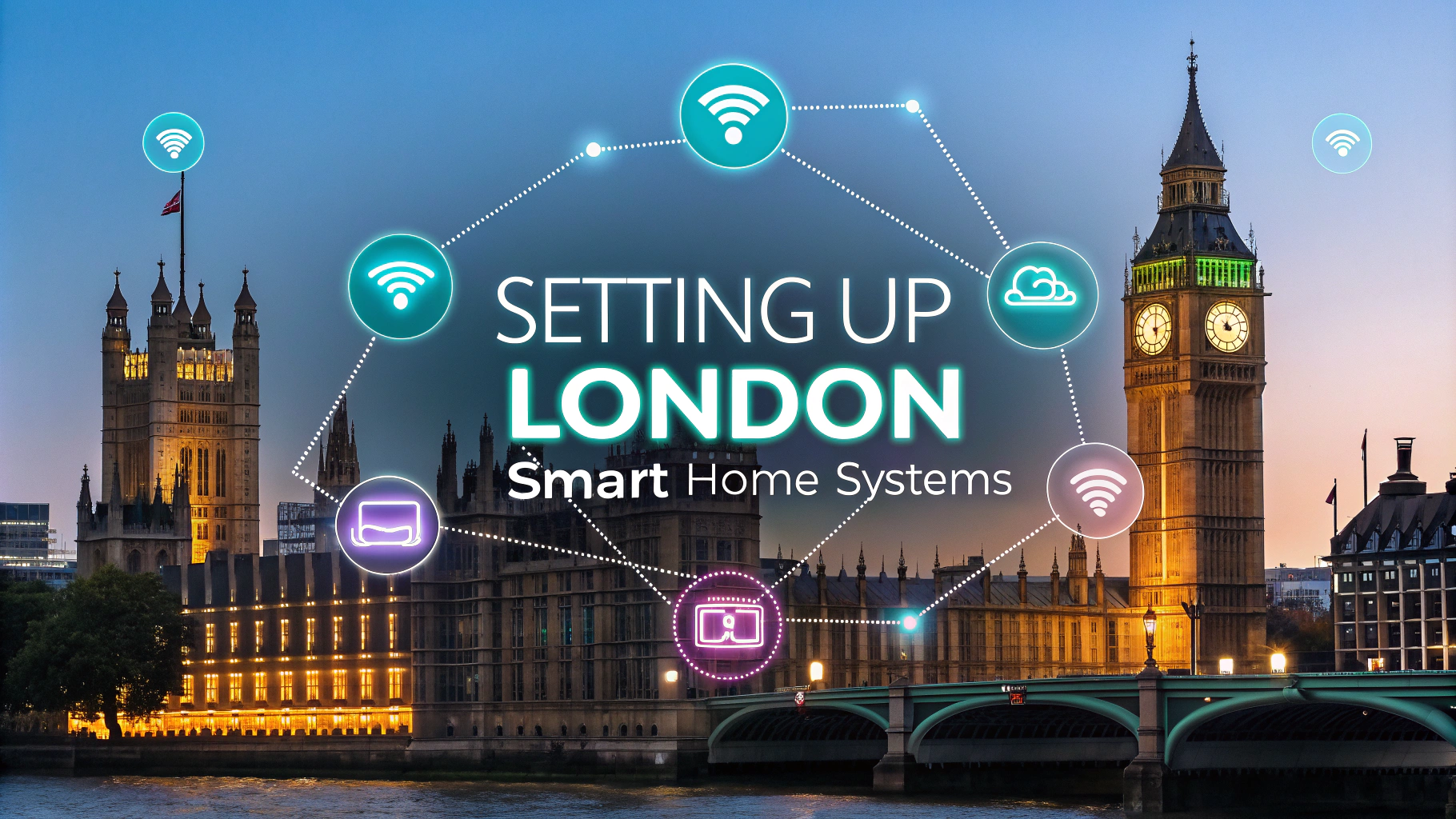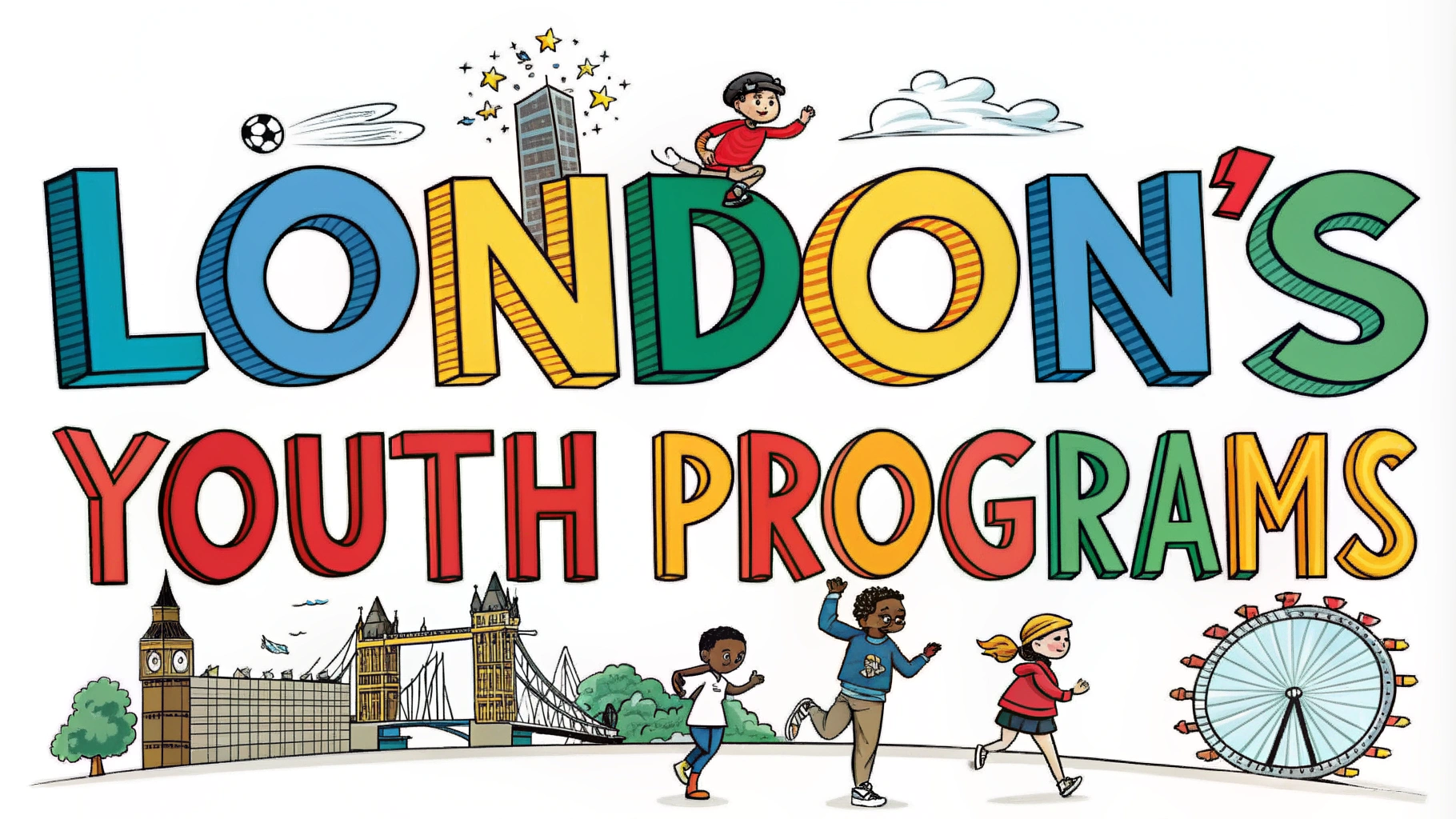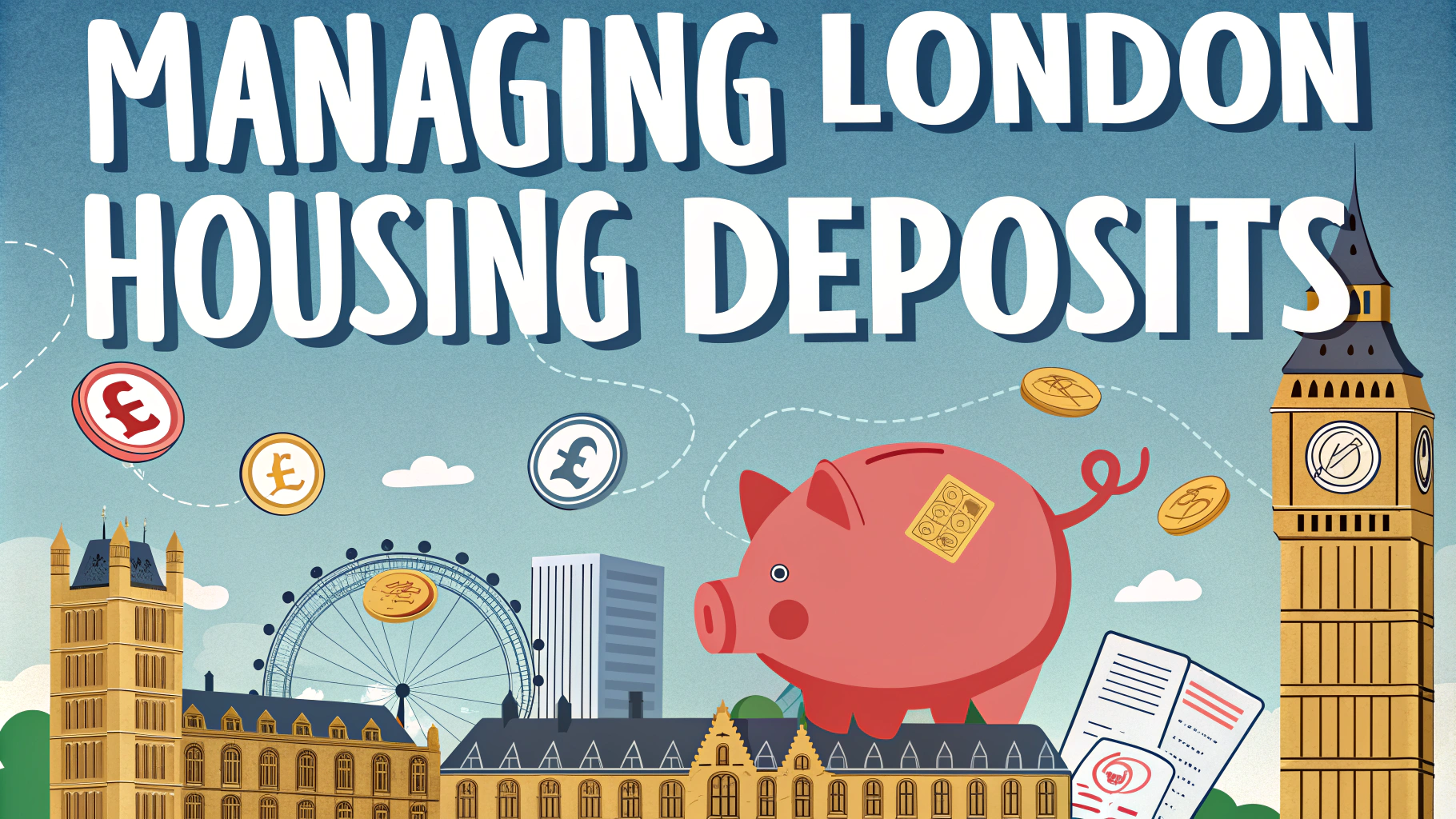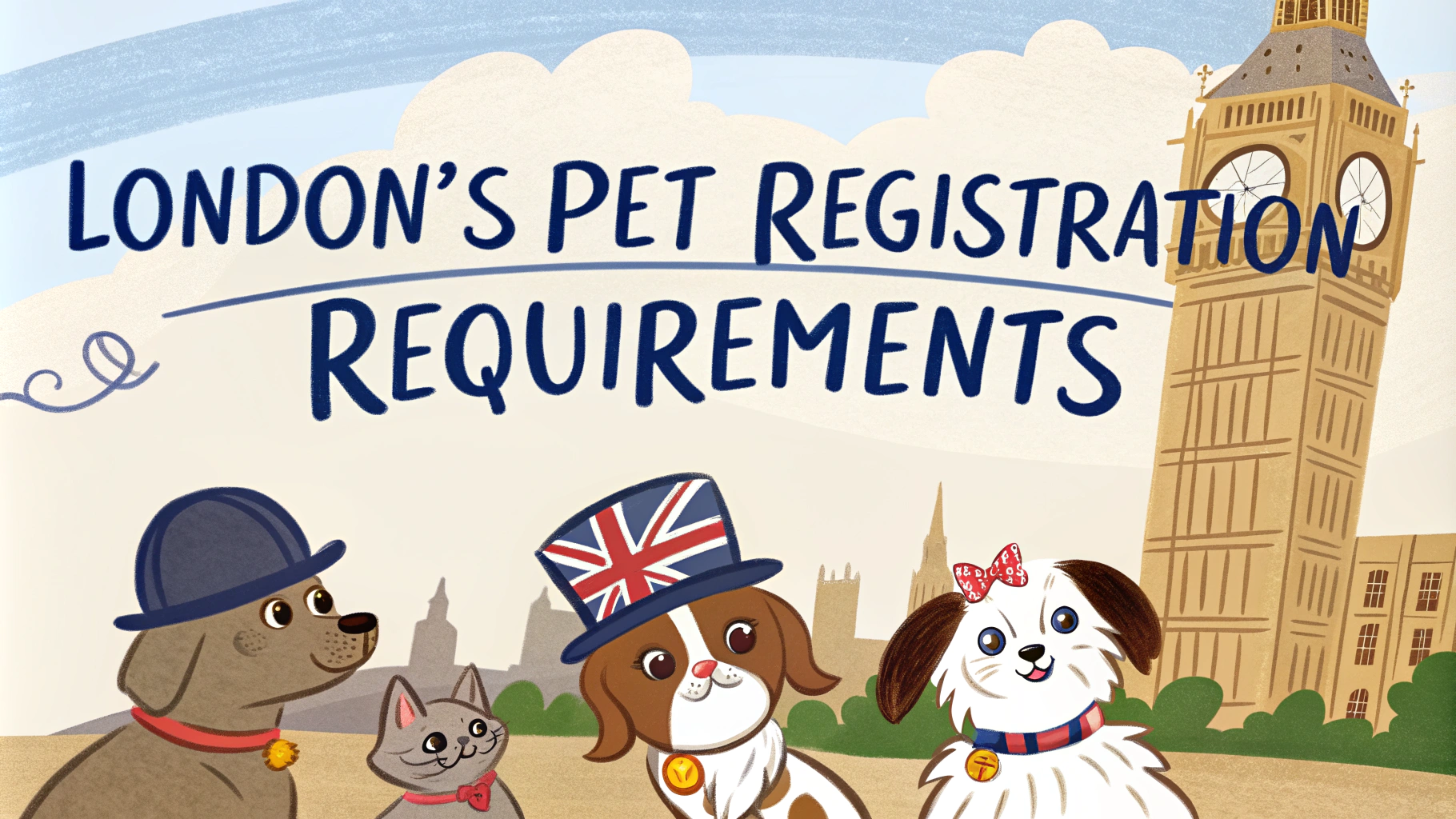London property photography requires specific skills and knowledge to capture homes in the capital’s unique housing market.
Professional photos can make the difference between a quick sale and a property sitting unsold for months in London’s competitive real estate landscape.
This guide covers essential techniques and tips for photographing London properties, whether you’re a real estate agent, homeowner, or professional photographer.
Equipment Recommendations
- Wide-angle lens (16-35mm recommended for London’s typically smaller spaces)
- Full-frame camera body
- Sturdy tripod for low-light conditions
- Flash unit with diffuser
- Remote trigger to avoid camera shake
Pre-shoot Preparation
- Check weather forecast – natural light is best for exterior shots
- Schedule shoots between 10am-3pm for optimal lighting
- Request property be cleaned and decluttered
- Remove personal items from view
- Turn on all interior lights
London-Specific Considerations
Period properties need careful attention to architectural details like Victorian cornicing and original fireplaces.
Small London flats require strategic angles to show space efficiently.
Garden spaces, however small, should be highlighted as they’re highly valued in London.
Technical Tips
- Shoot at f/8-f/11 for optimal depth of field
- Use HDR techniques for rooms with bright windows
- Keep ISO low (100-400) to minimize noise
- Shoot in RAW format for better editing flexibility
Key Shots Checklist
- Street view showing transport links
- Building exterior
- All main rooms from multiple angles
- Kitchen appliances and workspace
- Bathroom fixtures
- Storage solutions
- Outside space/balcony
- Local amenities within walking distance
Post-Processing Guidelines
- Correct lens distortion
- Adjust white balance for consistent color
- Remove minor imperfections
- Enhance window views
- Maintain natural-looking results
Getting Your Work Noticed
List your services on London property photography directories like Property Photographers London.
Join professional networks such as the Association of Photographers (AOP) based in London.
Build relationships with local estate agents in your target London boroughs.
Moving Forward With Your Property Photography
Practice these techniques on your own property before offering professional services.
Consider specializing in specific London areas or property types.
Keep updated with London property market trends to understand what buyers and renters look for in property photos.
Business Development Strategies
Developing a sustainable property photography business in London requires strategic planning and market awareness.
- Create service packages for different property values
- Offer virtual tour add-ons
- Develop twilight shooting expertise for luxury properties
- Build a portfolio focused on local architecture styles
Marketing Your Services
Digital Presence
- Optimize website for London-specific keywords
- Showcase borough-specific portfolios
- Maintain active social media profiles
- Create location-based content
Networking
- Attend property industry events
- Join local real estate forums
- Partner with home staging companies
- Connect with property developers
Pricing Strategies
London market rates vary significantly by area and property type.
- Research competitor pricing in your target boroughs
- Create tiered pricing structures
- Consider package deals for multiple properties
- Factor in travel time within London
Mastering London Property Photography
Success in London’s property photography market comes from combining technical expertise with local market knowledge and professional relationships.
- Stay current with property photography trends
- Invest in ongoing equipment updates
- Build a strong local reputation
- Deliver consistent, high-quality results
Remember that London’s property market demands excellence, and photographers who maintain high standards while adapting to market needs will thrive in this competitive field.
FAQs
- What equipment do I need for professional property photography in London?
A full-frame DSLR or mirrorless camera, wide-angle lens (16-35mm), tripod, flash, and remote trigger are essential. A tilt-shift lens is beneficial for correcting architectural distortion. - What is the best time of day to photograph London properties?
The golden hours (early morning or late afternoon) provide optimal natural light. For interiors, mid-morning to early afternoon offers consistent lighting conditions. - How do I handle London’s frequently overcast weather when shooting exteriors?
Use HDR techniques, bracket your exposures, and consider scheduling shoots during forecast breaks in cloud cover. Overcast conditions can actually help reduce harsh shadows. - What permissions do I need to photograph properties in London?
Written consent from the property owner or agent is required. For external shots involving communal areas or neighboring properties, additional permissions may be necessary. - How should I prepare a London property before photographing?
Declutter all rooms, ensure windows are clean, turn on all lights, open curtains/blinds, and remove personal items. Check for parking restrictions if shooting exteriors. - What specific challenges exist when photographing period London properties?
Low light levels, small windows, narrow staircases, and uneven floors are common. Use proper lighting techniques and a level tripod to compensate. - Are there regulations about drone photography for London properties?
Yes, drone photography in London requires CAA permission, adherence to flight restriction zones, and specific licenses for commercial work. Many areas have strict no-fly zones. - How do I capture small London apartments effectively?
Use wide-angle lenses carefully to avoid distortion, shoot from corners to maximize space appearance, and focus on key selling features like storage solutions or natural light. - What areas of London require special photography permits?
The City of London, Royal Parks, and many historic areas require specific permits for commercial photography. Some boroughs have additional local requirements. - How do I handle mixed lighting conditions in London properties?
Balance artificial and natural light using color temperature adjustments, flash techniques, and multiple exposures to blend for optimal results.
